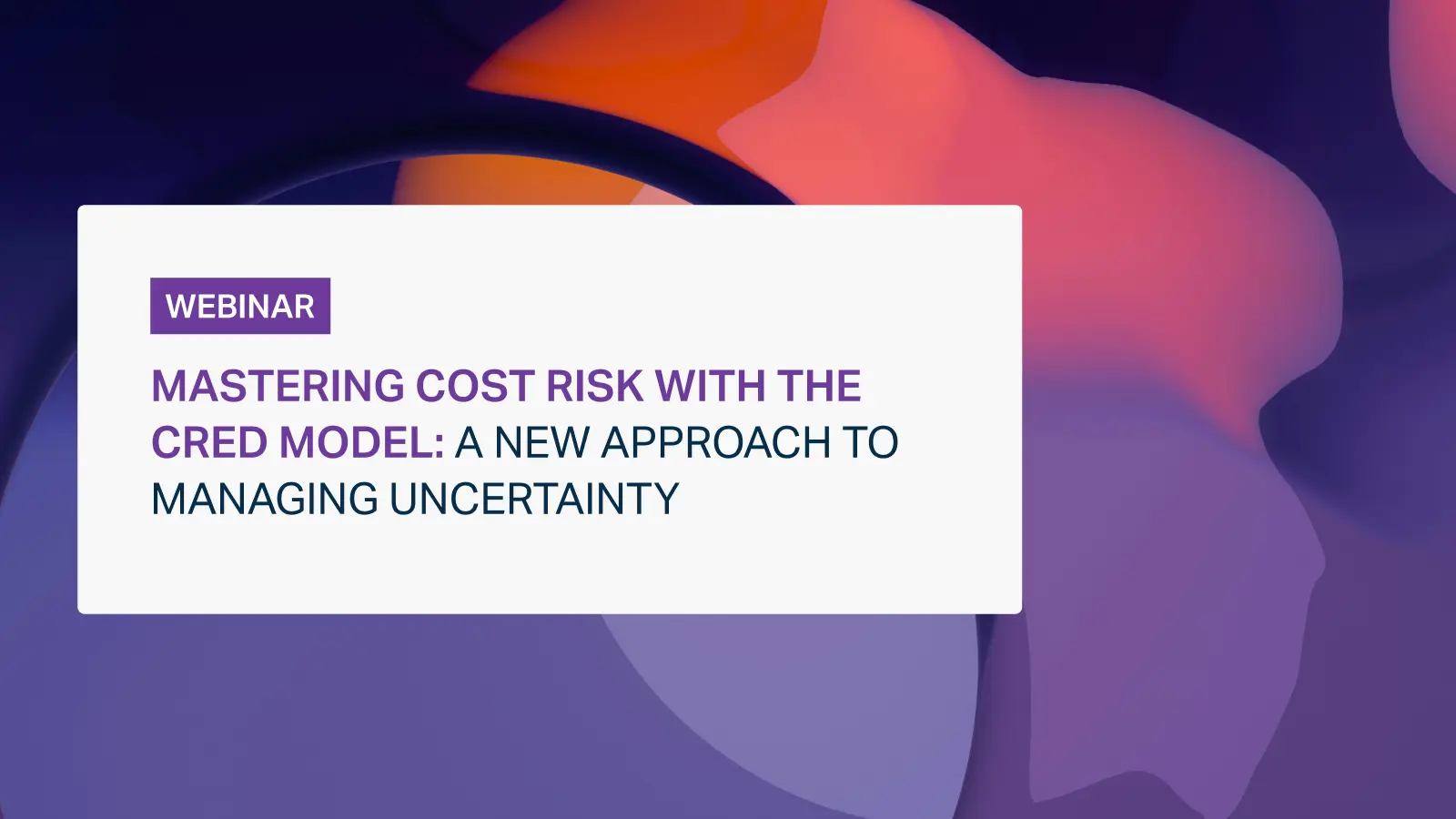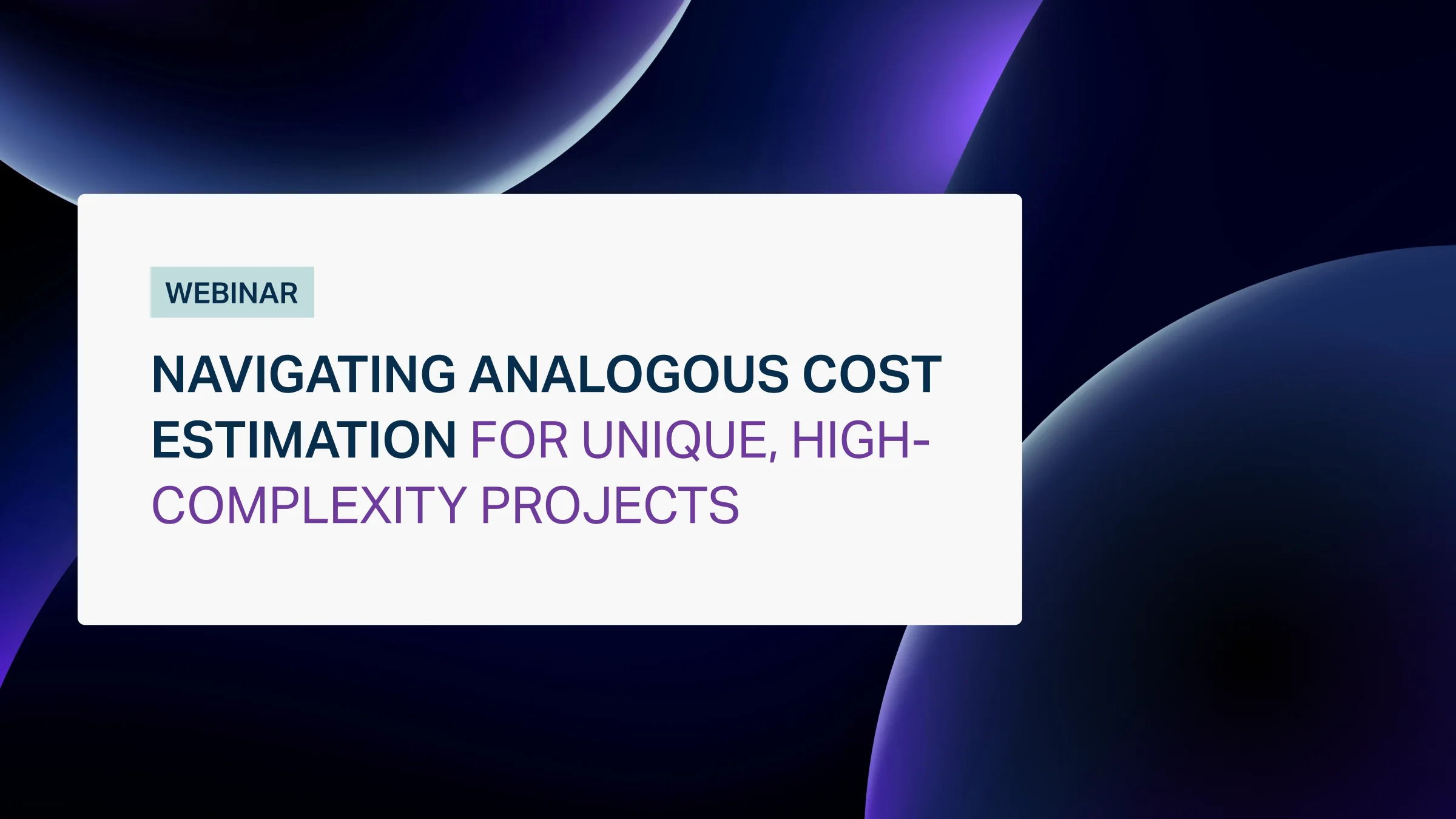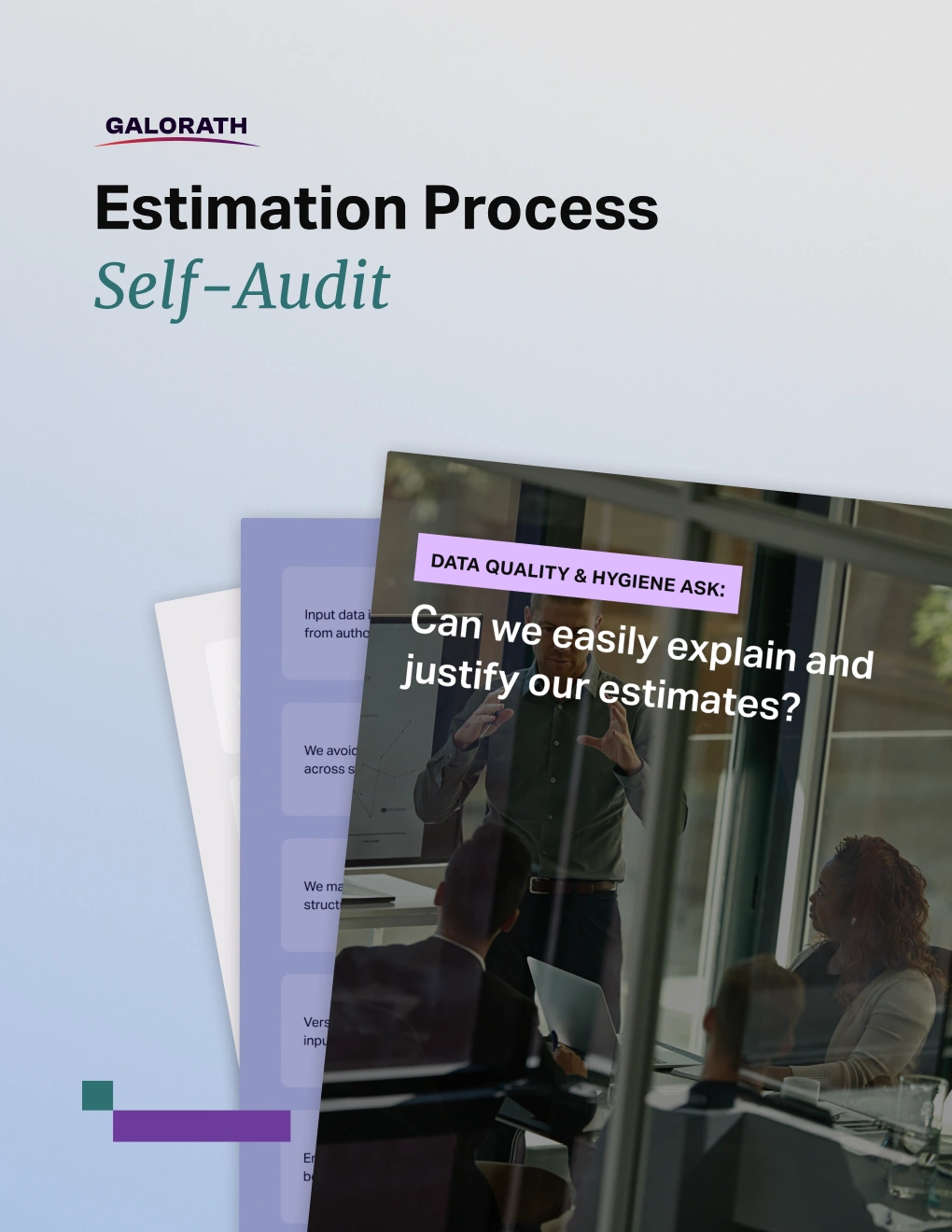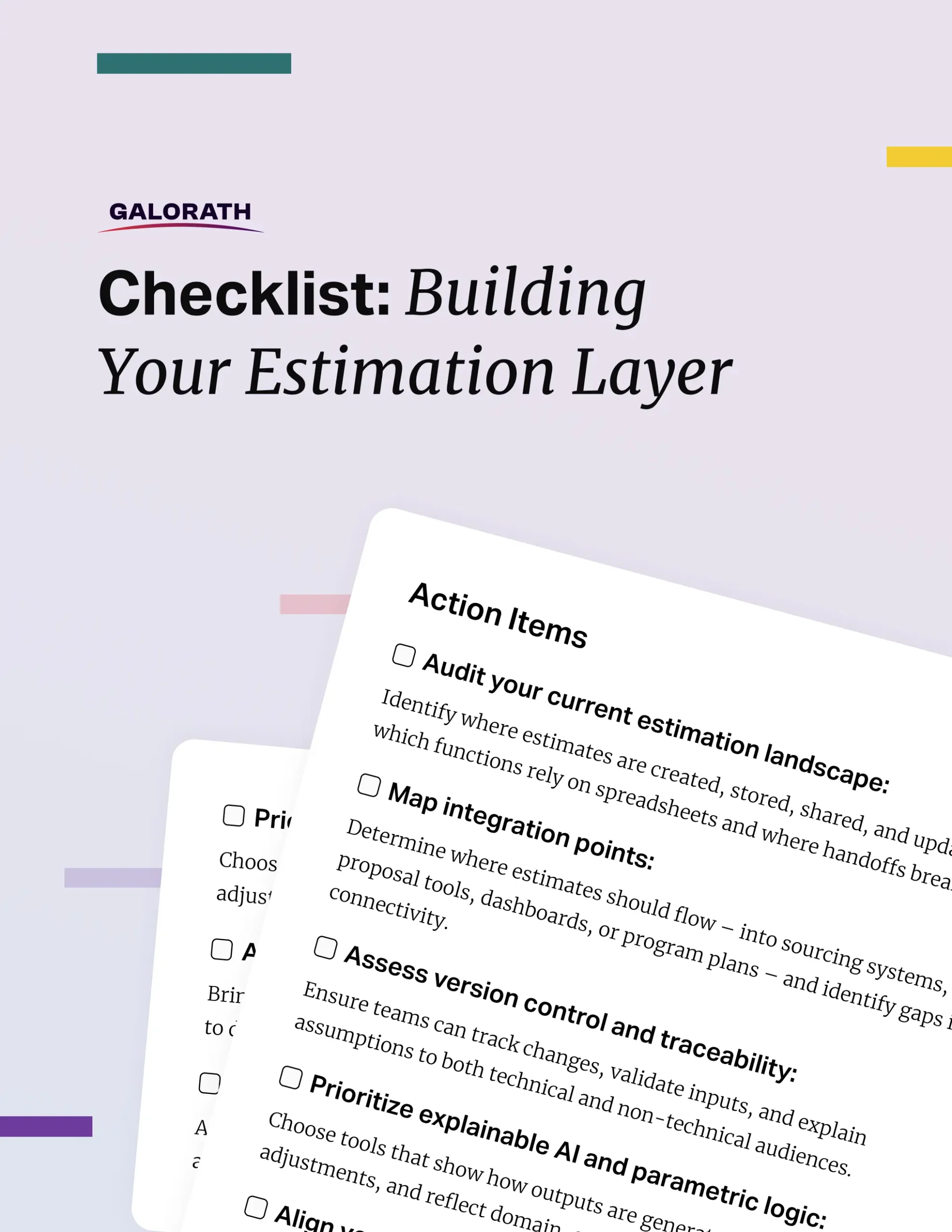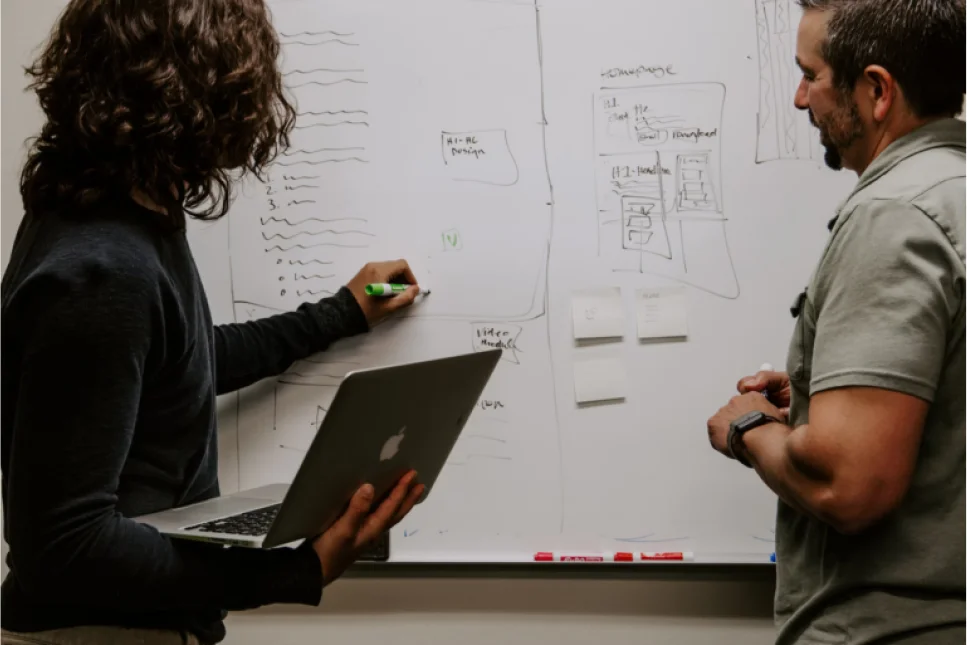Mastering Cost Risk with the CRED Model: A New Approach to Managing Uncertainty
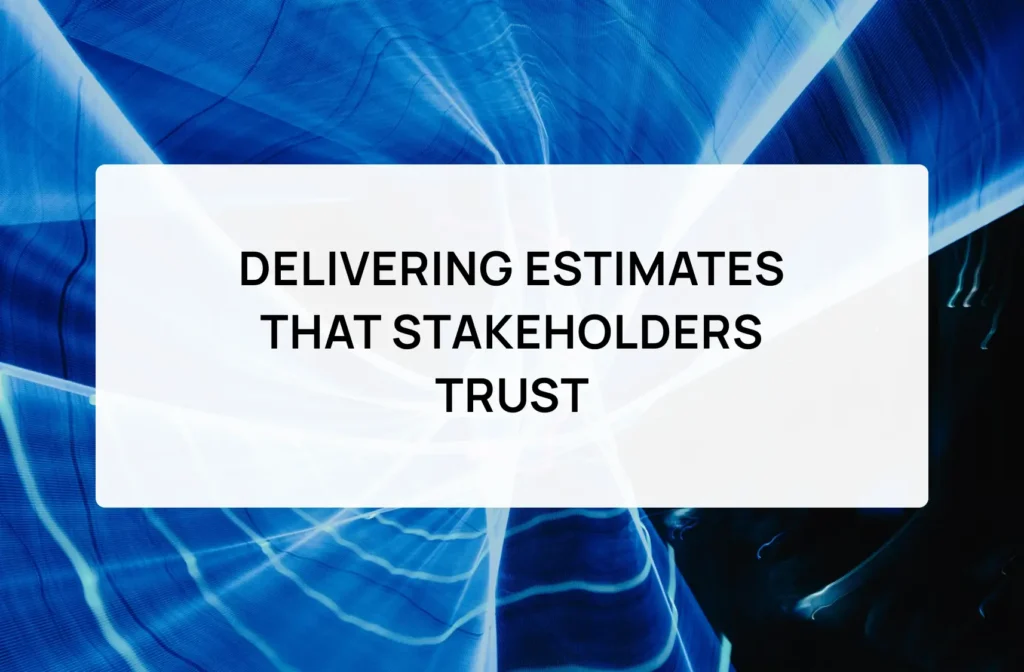
Creating estimates that stakeholders can rely on is a critical part of project planning and execution. Estimates inform key business decisions, influence budgets, and set expectations for project success. Trust is the bedrock of any effective estimate. Stakeholders depend on accurate figures to guide important decisions, and for an estimate to be trusted, it must reflect a deep understanding of the project’s technical challenges. It also needs to be rooted in reliable data and constructed with proven methodologies.
Without trust, even the most accurate estimates are likely to be met with skepticism or scrutiny. Building this trust takes time, but by demonstrating expertise and consistently delivering sound estimates, you lay the foundation for long-term success.
If you’re looking to refine your estimation approach, here are five key strategies to build estimates that meet technical requirements and gain stakeholder trust.
1. Prioritize Communication and Collaboration
Open communication and active collaboration are essential when building estimates that stakeholders will trust. Estimators must engage with stakeholders at every stage of the process. This ensures alignment of expectations and clarity on how estimates are formulated. It’s also crucial to collaborate across different disciplines—such as engineering, strategy, and pricing—so that a diverse set of inputs is considered. When estimators communicate effectively and seek cross-functional input, they generate more accurate and credible estimates.
2. Invest in People, Processes, and Tools
Estimation success is anchored in the strength of three pillars: skilled professionals, well-defined processes, and advanced tools. Investing in a knowledgeable team is the first step, ensuring that the people responsible for creating estimates are experienced and well-trained. Next, implementing structured and consistent processes for estimation helps ensure accuracy and repeatability. Finally, leveraging powerful tools, such as SEER or other industry-leading software, can streamline calculations, enhance data accuracy, and provide a comprehensive framework for managing estimates. Together, these investments build a foundation for producing reliable estimates that can stand up to scrutiny.
3. Socialize Estimates for Greater Stakeholder Buy-In
One powerful strategy to build trust in estimates is to “socialize” them early in the process. This means sharing preliminary estimates with key stakeholders before the formal review. By doing so, stakeholders can raise concerns, ask questions, and provide feedback before final numbers are presented. This approach minimizes surprises during the formal review and creates a more collaborative environment. Early engagement also helps stakeholders feel more invested in the final estimate, which increases buy-in and reduces friction down the line.
4. Understand Your Audience and Tailor Reporting to Meet Their Needs
A robust estimating system will have the ability to generate many types of reports at different levels of detail. Consider your audience when providing estimate results and offer the information that is best suited to their needs. The pricing team will need to understand hours by discipline or role. Executives will need a summary and overall risk. Technical managers will want to understand key metrics such as size and weight and which element are key drivers. Planners will need to understand the schedule. By offering the information relevant to their needs, you will communicate your understanding of the stakeholder’s role in the overall decision-making process, and you save them from having to sort thought details or formats that do not serve them.
5. Balance Historical Data with Current Trends
Historical data is an invaluable resource for creating more informed estimates. Past project data can serve as a benchmark for cost and resource allocation, allowing for more accurate predictions. However, relying solely on historical data in a rapidly changing environment can be risky. It’s important to combine historical insights with current market trends, technologies, and methodologies to ensure that your estimates are both relevant and accurate. By maintaining a balance between these two, you can build estimates that are grounded in reality and adaptable to future developments.
Reliable, Credible Estimates, Today
By focusing on trust, communication, collaboration, reporting needs, and leveraging both historical data and modern tools, you can build estimates that not only meet technical requirements but also foster strong stakeholder confidence. When estimators invest in the right people, processes, and tools, and take a proactive approach to socializing estimates, they create a foundation for long-term project success. Ultimately, estimates aren’t just numbers—they’re a crucial part of the decision-making process that can shape the future of your business. Mastering these strategies will help you deliver reliable, credible estimates that stakeholders can depend on.
10 Step Estimation Process Sample Checklist
View our 10 Step Estimating Process Checklist. This checklist should be tuned to the individual company’s needs and suggestions.
Estimating Total Cost of Ownership (TCO)
Find out how you can use Total Cost of Ownership (TCO) model to create an estimate which includes all the costs generated over the useful life of a given application.
Should Cost Analysis
Learn how Should-Cost Analysis can identify savings opportunities and drive cost efficiency in procurement and manufacturing processes.
ROM Estimate: The First Step Towards a Detailed Project Plan
Find out what ROM (rough order of magnitude) estimate is and why is it a crucial element of every project planning cycle.
Software Maintenance Cost
Find out why accurate estimation of software maintenance costs is critical to proper project management, and how it can make up to roughly 75% of the TCO.
